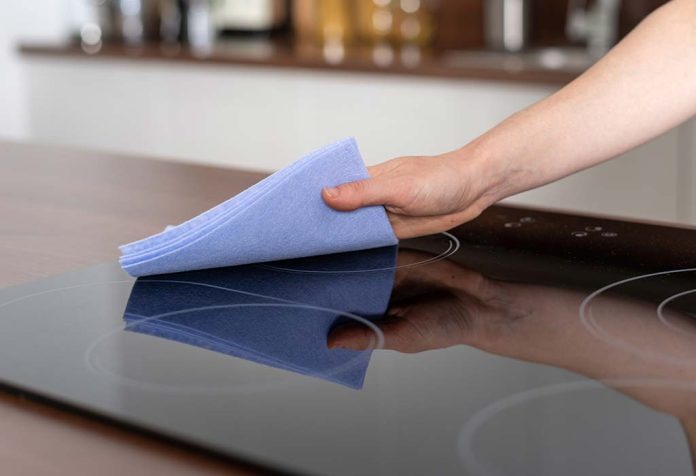Cleaning the glass surfaces in your home can often be a time-consuming and challenging task. Difficulties arise due to the size and location of windows, as well as the accessibility of their exterior sides and the type and amount of dirt buildup. Whenever possible, the best approach is to remove glass panes for thorough cleaning before reinstalling them. Additionally, regular cleaning schedules can prevent heavy grime deposits, making the task much easier over time.
To help you achieve the best results and maintain sparkling clean windows, here are some expert tips and practical guidelines to follow.
1. Have the Necessary Materials
Before you start, gather all the essential materials. You will need a basin or a similar container, a suitable cleaning solution (such as a commercial glass cleaner, ammonia, mild neutral soap, dishwashing liquid, or even white vinegar), along with a soft sponge or scourer and several clean cloths.
Using newspaper or coffee filter paper can also enhance results by preventing streaks and leaving a polished finish. Use lukewarm water — neither too hot nor cold — as this temperature optimizes the effectiveness of cleaning products.
2. Avoid Very Hot or Sunny Days
Contrary to intuition, avoid cleaning windows during intense sunlight or high temperatures. Direct sunlight causes reflections and glare that make it hard to spot remaining smudges or spots. Also, higher heat speeds up liquid evaporation, reducing cleaning efficacy.
For the best results, clean your windows on overcast or moderately humid days. In warmer seasons, early mornings or late evenings offer ideal conditions for streak-free glass surfaces.
3. Apply the Cleaner
Prepare your cleaning solution by mixing lukewarm water with the chosen cleaner in your basin. Follow manufacturer guidelines for commercial window cleaners. Ammonia, for example, is excellent for degreasing kitchen windows but should be used sparingly — usually about 20-30 milliliters per liter of water — to avoid health risks.
When using soap or detergent, aim to create light foam without excess suds, which complicate rinsing. Dip your sponge or scourer in the solution and wring out excess liquid before applying it to the glass. Let the solution sit for a few minutes on heavily soiled windows before scrubbing.
4. Clean the Surroundings of the Windows
Take time to clean window frames, sills, and supports. You can use the same cleaning mixture for most surfaces; however, wooden frames require specialized wood cleaners to maintain their finish and durability.
Blinds, especially those on upper floors, are often difficult to clean thoroughly on their exterior sides. A recommended method is removing the top drum and wiping the blinds from inside as they roll up. Additionally, lowering blinds before rain helps wash away dust and reduces the frequency of deep cleaning.
5. Rinse the Glass
Rinse off the cleaning solution using a clean cloth, sponge, or a squeegee—a T-shaped tool with a long rubber blade that efficiently removes liquid. Always work from the top downward to prevent dirt and water streaks. This ensures a clear view and prevents drips from dirtying already cleaned sections.
6. Remove Stubborn Stains and Enhance Shine
After rinsing, inspect the glass for any remaining stains or marks. Use a dry microfiber cloth or crumpled newspaper to buff the glass, removing streaks and imparting a brilliant shine. Repeat this process as needed until the glass is spotless and gleaming.
In addition, if you wish to explore more on Clean Without Assistance With Cleaning, please visit our dedicated Cleaning category for comprehensive information.
Maintaining clean windows not only enhances the aesthetic appeal of your home but also improves the amount of natural light entering your living spaces, creating a brighter and more welcoming environment. Regular window cleaning also helps preserve the condition of glass and frames, preventing long-term damage caused by dirt and environmental exposure. Incorporating these maintenance practices into your home care routine can save you time and money on repairs while boosting your property’s overall value. Whether tackling the job yourself or hiring professional cleaning services, following these guidelines ensures safe, efficient, and effective results.
























